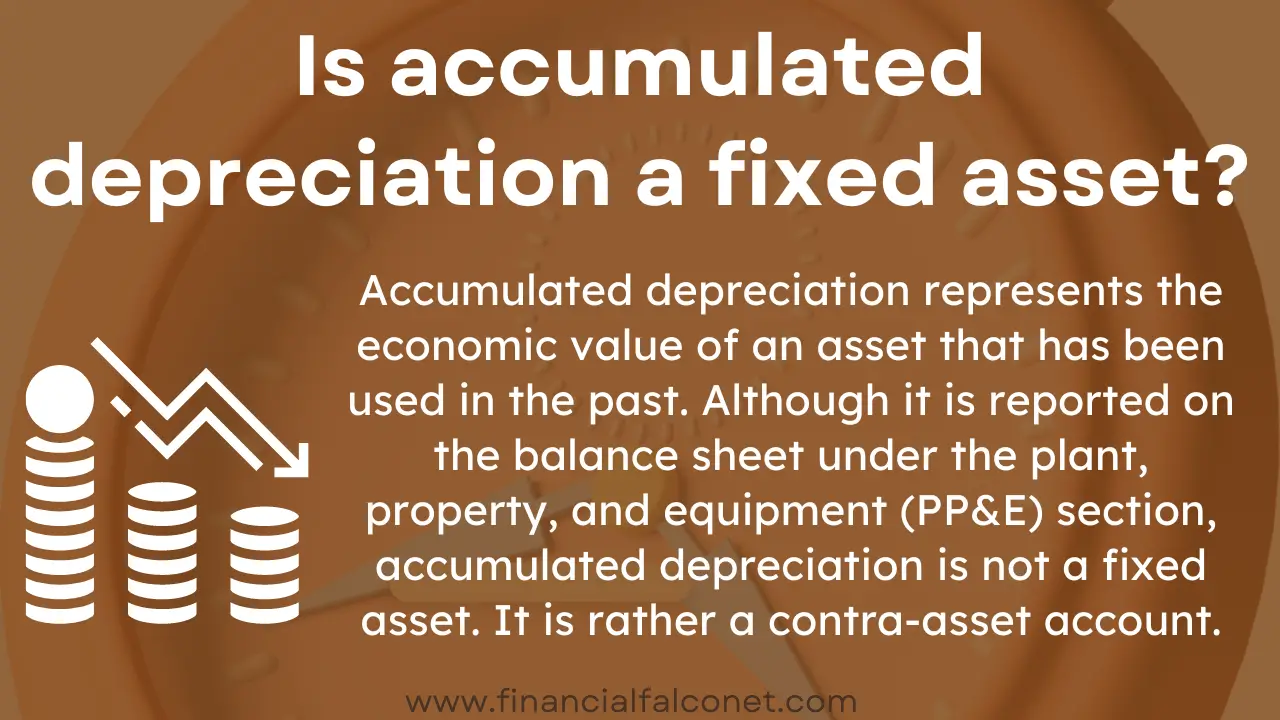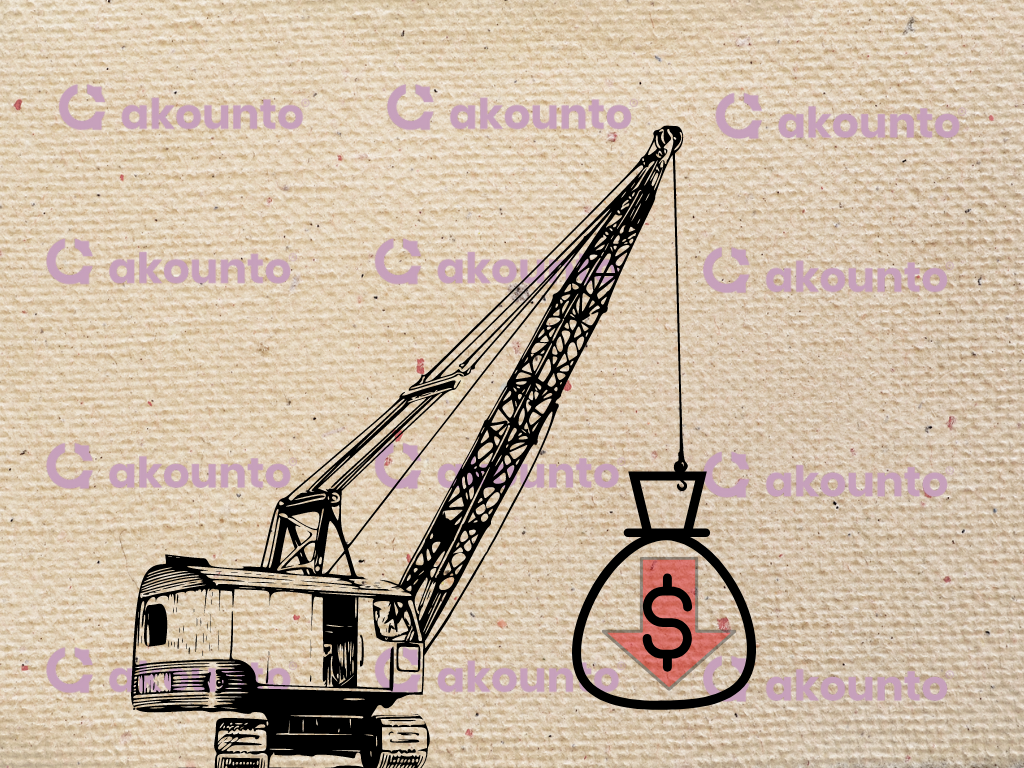
If a company routinely recognizes gains on sales of assets, especially if those have a material impact on total net income, the financial reports should be investigated more thoroughly. Management that routinely keeps book value consistently lower than market value might also be doing other types of manipulation over time to massage the company’s results. While companies do not break down the book values or depreciation for investors to the level discussed here, the assumptions they use are often discussed in the footnotes to the financial statements.
Book a demo with our friendly team of experts
For example, if an asset has a five-year usable life and you purchase it on January 1st, then 100 percent of the asset’s annual depreciation can be reported in year one. However, if you buy the same asset on July 1st, only 50 percent of its value can be depreciated in year one (since you owned it for half the year). Proration considers the accounting period that an asset had depreciated over based on when you bought the asset. For tax purposes, the IRS requires businesses to depreciate most assets using the Modified Accelerated Cost Recovery System (MACRS).
- It estimates that the salvage value will be $2,000 and the asset’s useful life, five years.
- The useful life of that car is also one year less than it was at the time of purchase.
- It doubles the (1 / Useful Life) multiplier, which makes it twice as fast as the declining balance method.
- Therefore, depreciation is a process of cost allocation—not of valuation.
Is Accumulated Depreciation an Asset or Liability?
The cost of the asset minus its residual value is called the depreciable cost of the asset. However, if the asset is expected not to have residual value, the full cost of the asset is depreciated. The expenditure incurred on the purchase of a fixed asset is known as a capital expense.
What Are Depreciation Expenses?
The four methods allowed by generally accepted accounting principles (GAAP) are the aforementioned straight-line, along with declining balance, sum-of-the-years’ digits (SYD), and units of production. As an example, let’s take a look at the truck from our discussion above. The total cost of the vehicle, including purchase price, transport, and registration, is $52,500.
Is Accumulated Depreciation an Asset? How To Calculate It
Accumulated depreciation accounts for a reduction of the gross amount listed for the fixed assets with which it is paired. No, accumulated depreciation is not a current asset for accounting purposes. Accumulated depreciation is used to calculate an asset’s net book value, which is the value of an asset carried on the balance sheet. The formula for net book value is the cost of the asset minus accumulated depreciation. It’s listed as an expense so it should be used whenever an item is calculated for year-end tax purposes or to determine the validity of the item for liquidation purposes. You should understand the value of assets and know how to avoid incurring losses and making bad decisions in the future.

The content within this article is meant to be used as general guidelines and may not apply to your specific situation. Always consult with a professional accountant for specific advice regarding bookkeeping best practices. Coursera’s editorial team is accumulated depreciation a current asset is comprised of highly experienced professional editors, writers, and fact… Many online accounting courses are available to help you learn more about this field. Many of these courses are self-paced, allowing you to learn around your schedule.
You calculate it by subtracting the accumulated depreciation from the original purchase price. Accumulated depreciation refers to the accumulated reduction in the value of an asset over time. When an asset is first purchased, it’s typically assigned a value reflecting its expected lifespan, gradually reducing over time. You can use this information to calculate the financial status of an asset at any time. Accumulated depreciation is an accounting formula that you can use to calculate the losses on asset value. By understanding the best ways to report the depreciation of business assets, you’ll improve the transparency of your business finances and the utility and predictive power of the data.
As mentioned, accumulated depreciation represents the sum of all depreciation expenses for a particular asset as of a certain point in time. It is recorded on a company’s general ledger as a contra account and under the assets section of a company’s balance sheet as a credit. On the other hand, depreciation expenses represent the assigned portion of a company’s fixed assets cost for a specific period. These expenses are recognized on the income statement as non-cash expenses that reduce the company’s net income or profit.
The amount you’ll record as an expense will depend on the method of depreciation you use. Below are brief discussions and examples of the different depreciation methods. As an example, let’s say you have a plumbing business that acquired a new truck this year. Let’s assume the car cost $55,000, and you earned $75,000 for the year. If you record the $55,000 as an expense, you would have almost zero income after accounting for all other costs. Practically and financially, it wouldn’t serve your business to write off the total cost of an asset the year it is acquired.











